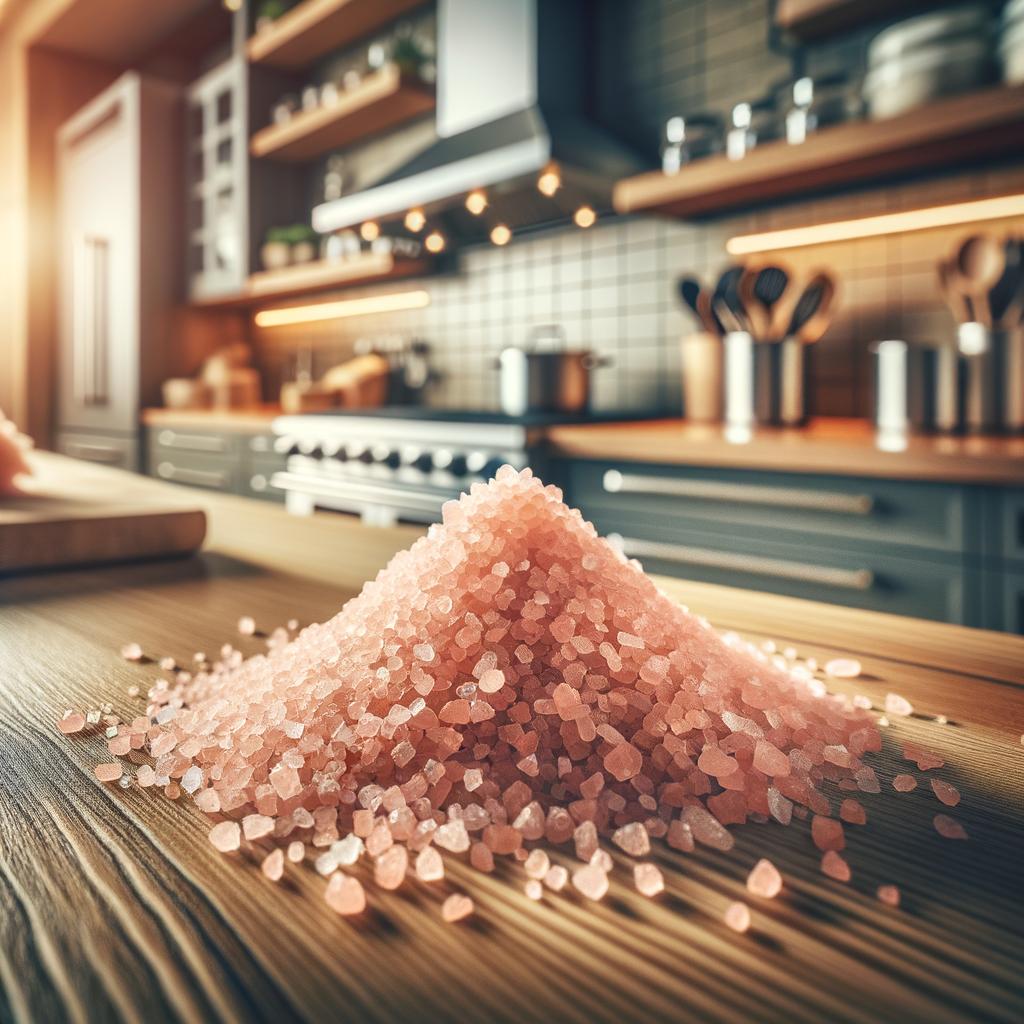Pink Salt

Description
Pink salt, also known as Himalayan pink salt, is a captivating ingredient that has taken the culinary world by storm. This alluring salt is renowned for its striking pink hue, which can range from a delicate blush to a deep rose. The color is a result of its mineral content, including iron, potassium, and magnesium, which also contribute to its distinct flavor profile. The texture of pink salt is coarse and crunchy, but it can also be ground into a finer consistency. It has a slightly stronger flavor compared to regular table salt, with a hint of earthiness that sets it apart.
Primary Uses
Pink salt is not just a pretty face; it's a versatile ingredient used in a variety of culinary applications. It's a favorite in gourmet cooking, used as a finishing salt to add a pop of color and a burst of flavor to dishes. It's also used in grilling and roasting for its ability to retain heat and cook food evenly. In addition to its culinary uses, pink salt has found its way into wellness practices as well. It's used in salt lamps and inhalers for its purported air-purifying properties, and in spa treatments for its mineral-rich benefits.
History
The history of pink salt is as mesmerizing as its color. Mined from the ancient sea beds of the Himalayas, it is said to be over 250 million years old. The salt was traditionally used in Ayurvedic practices in India and has been a part of the local diet for centuries. With the rise of gourmet cooking and wellness trends in the 21st century, pink salt has gained global popularity. Folklore suggests that it was once used as a currency, and it's often associated with the mythical city of Shambhala, a place of peace, tranquility, and happiness.
Nutritional Information
Nutritionally, pink salt offers a unique profile. While it shares the basic nutritional value of sodium with table salt, it also contains trace amounts of calcium, potassium, and magnesium. These minerals are essential for various bodily functions, including heart health and bone strength. However, it's important to note that while pink salt is often marketed as a healthier alternative to table salt, the mineral content is not significantly high enough to make a noticeable difference in your diet. As with all salts, moderation is key to prevent high blood pressure and other health risks.

